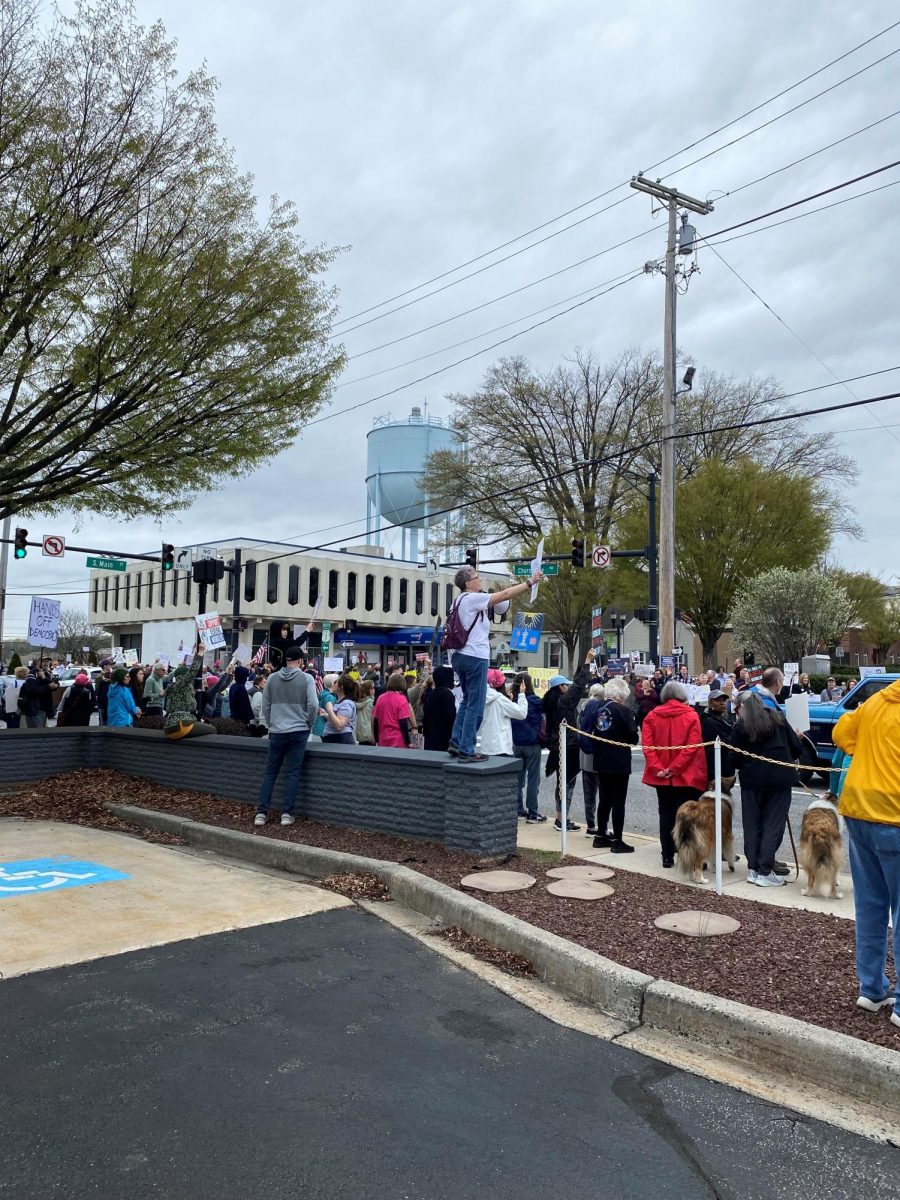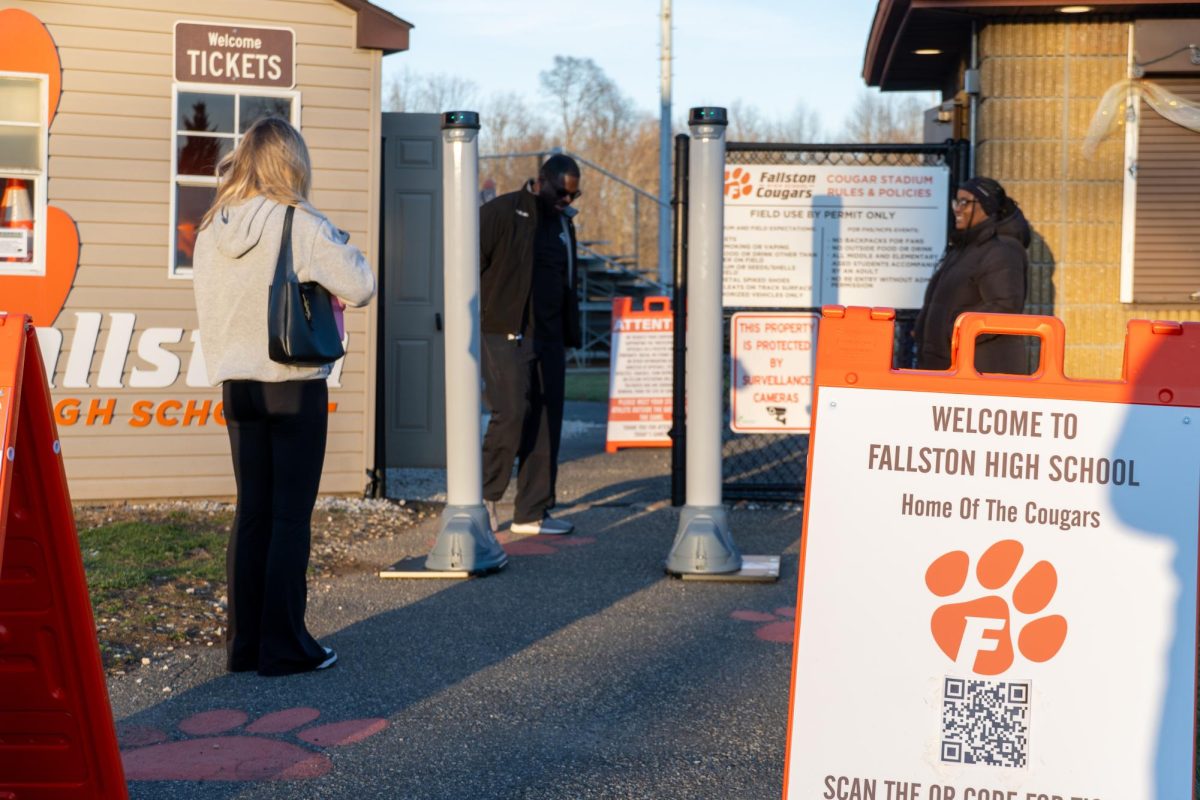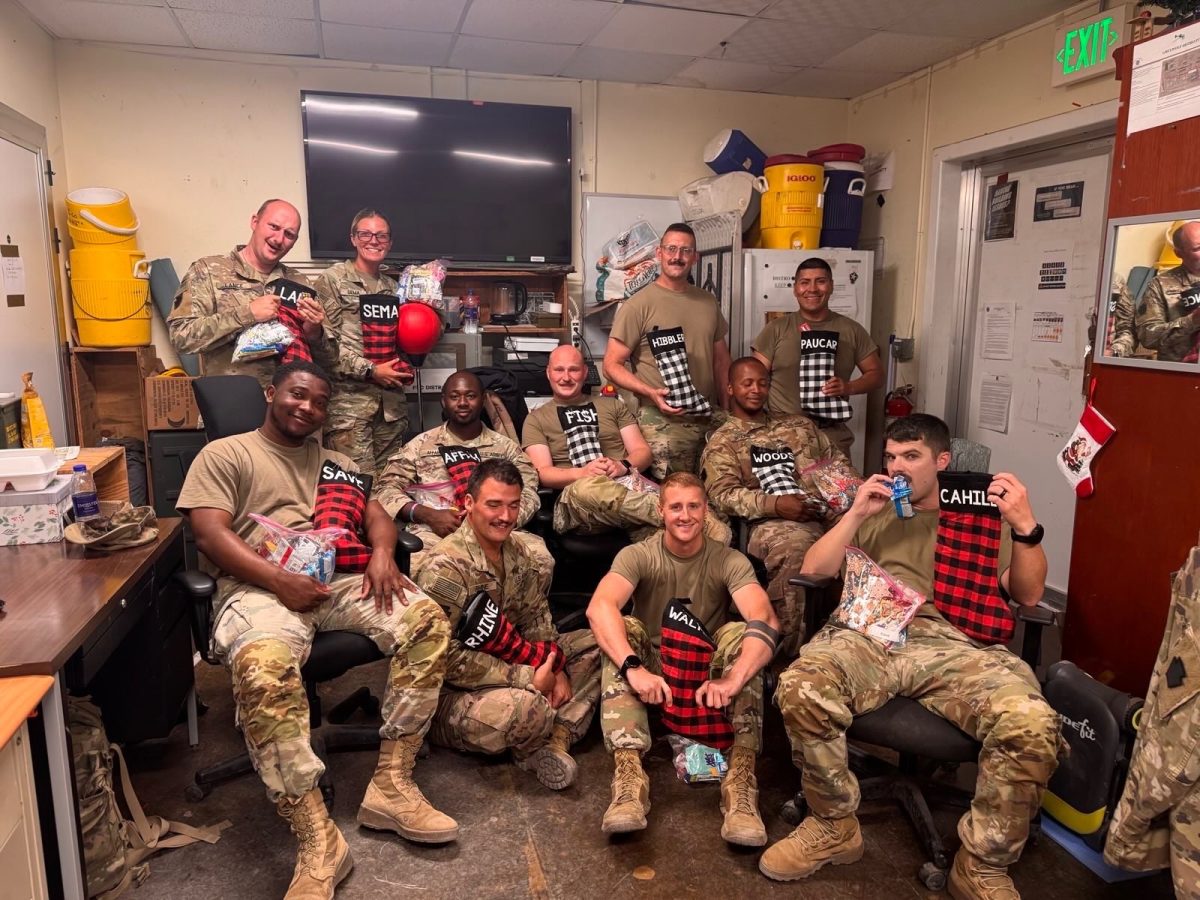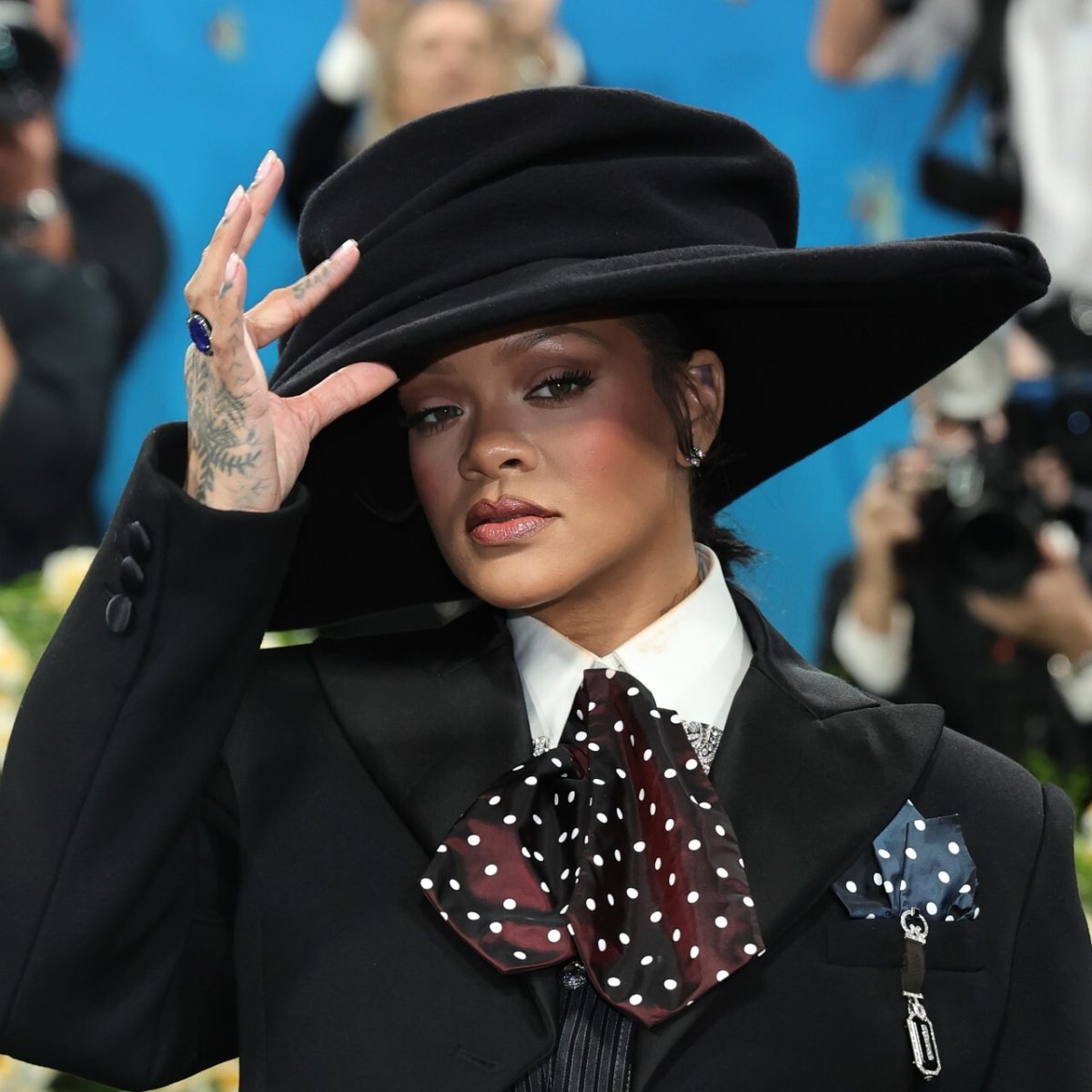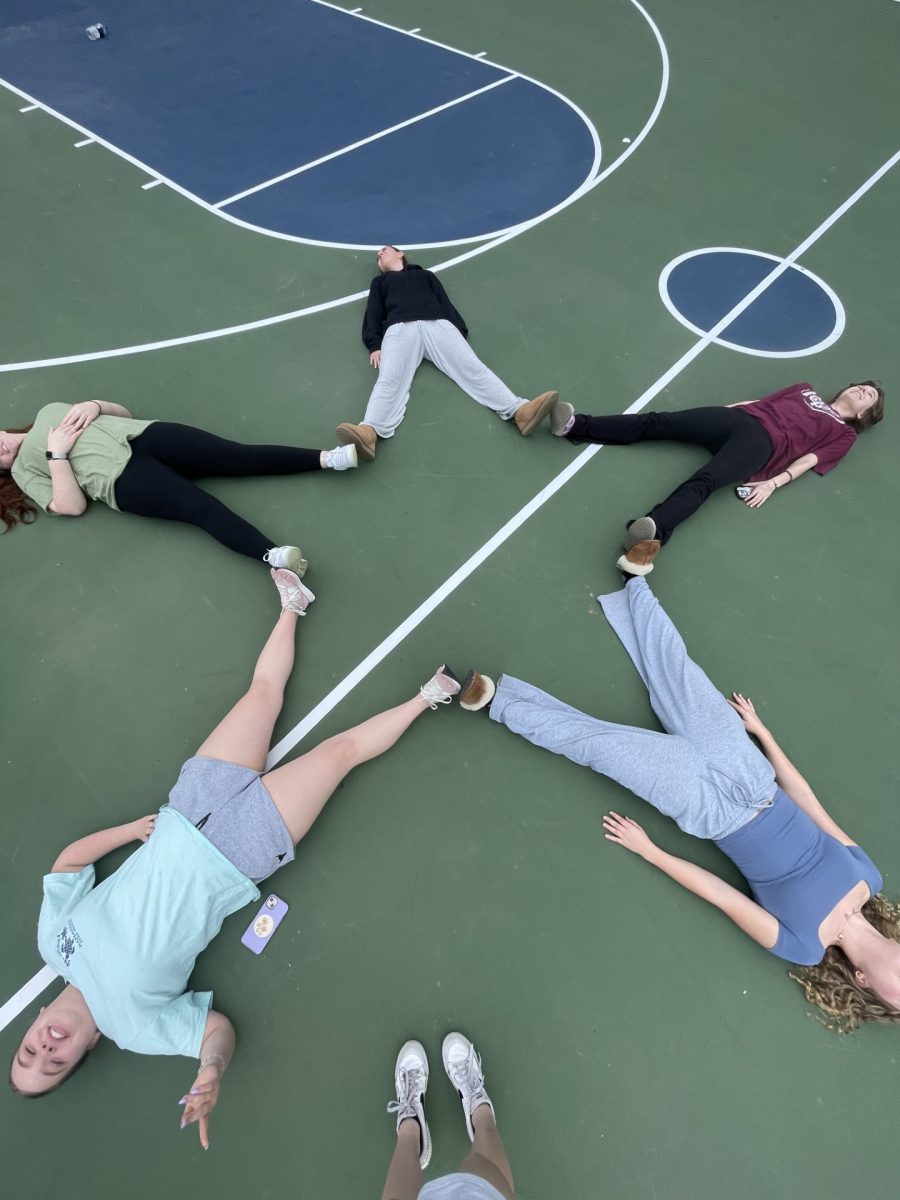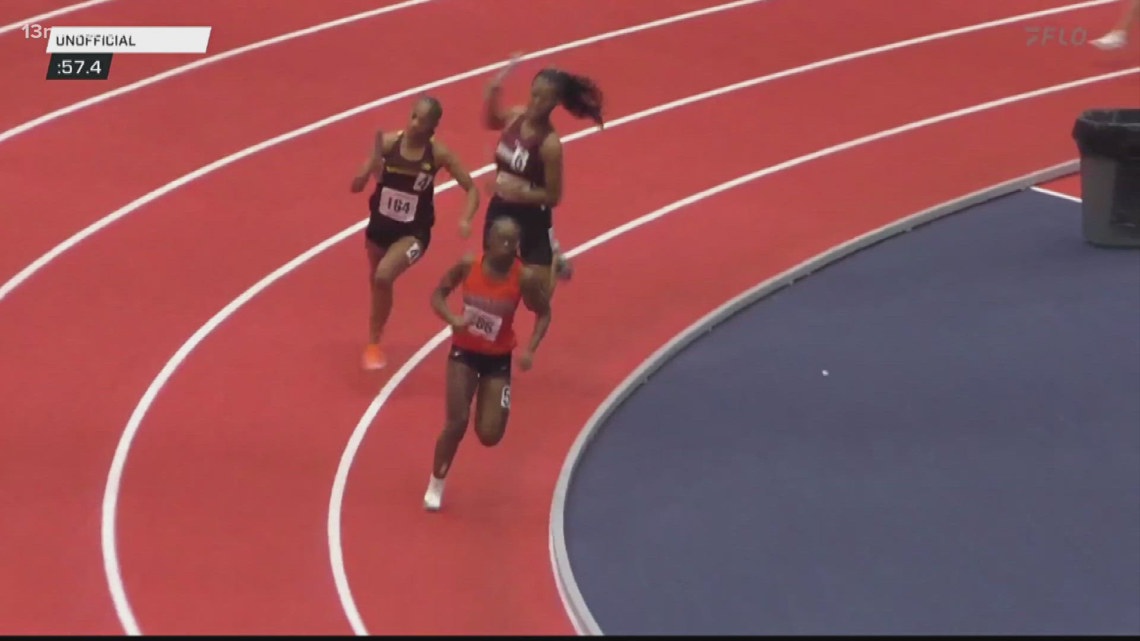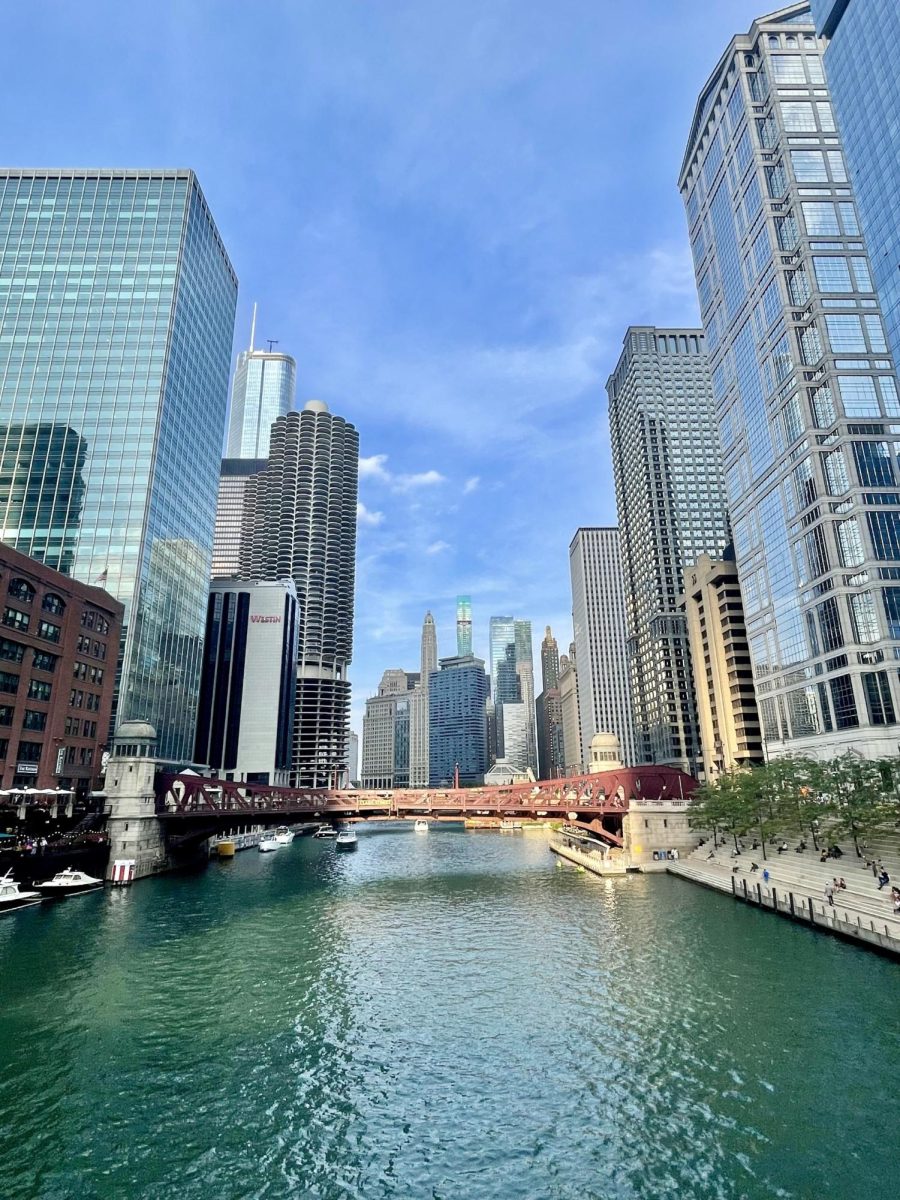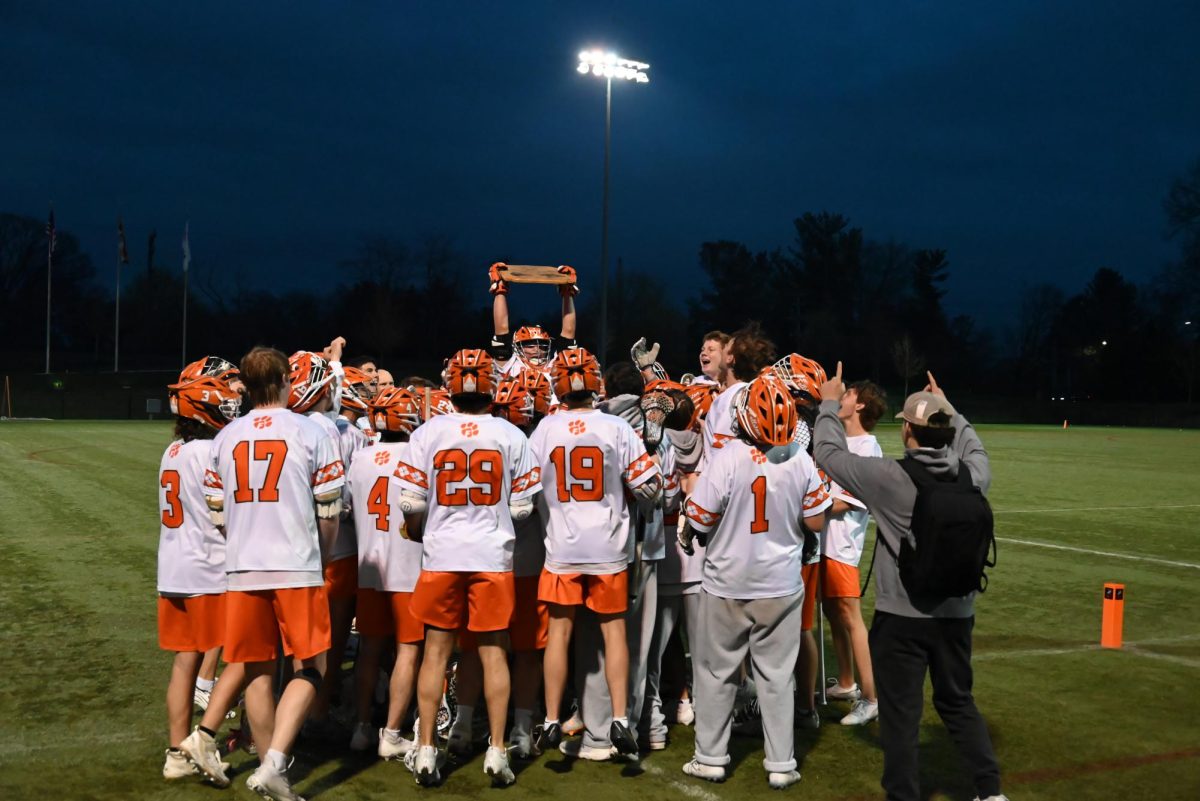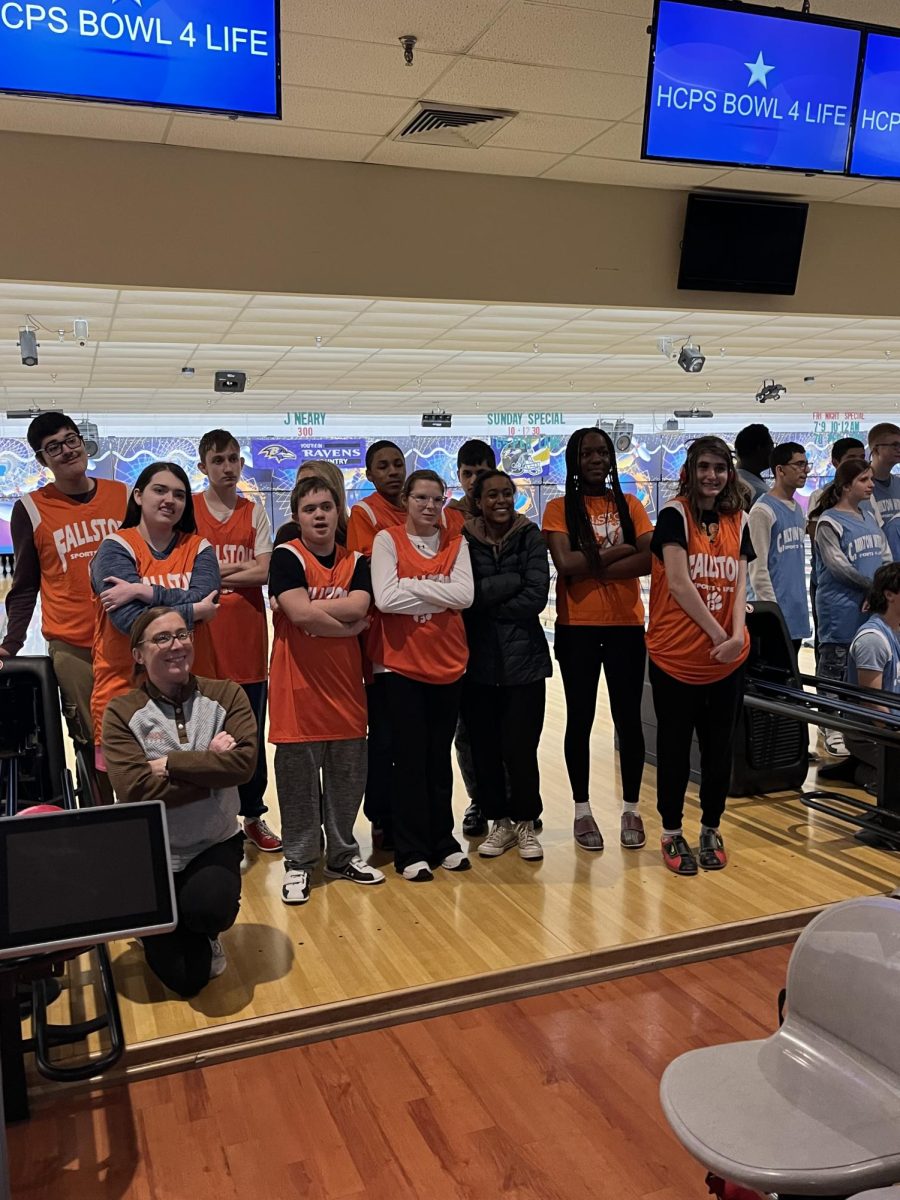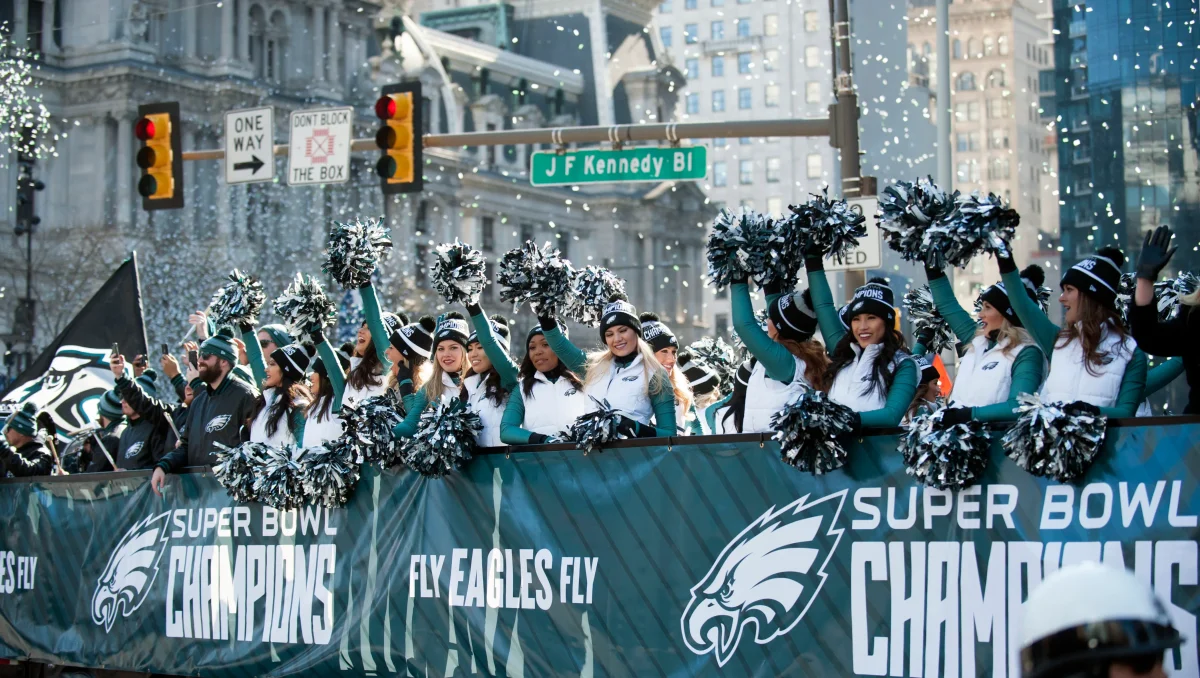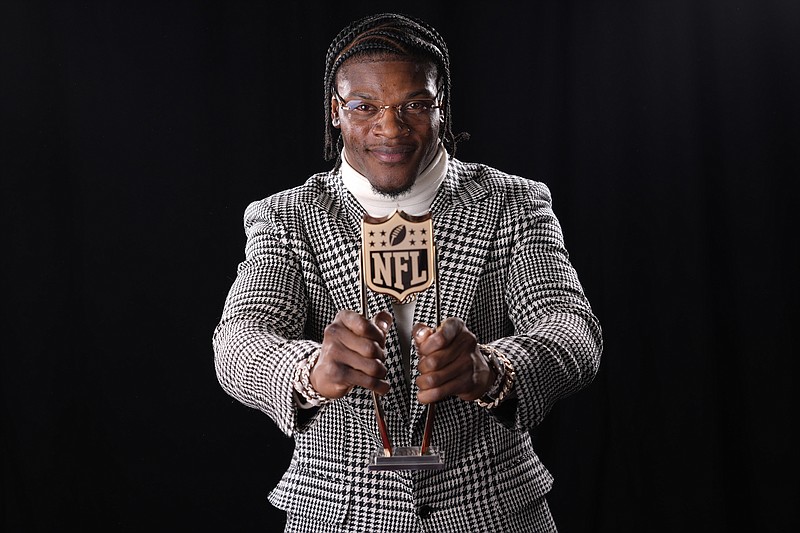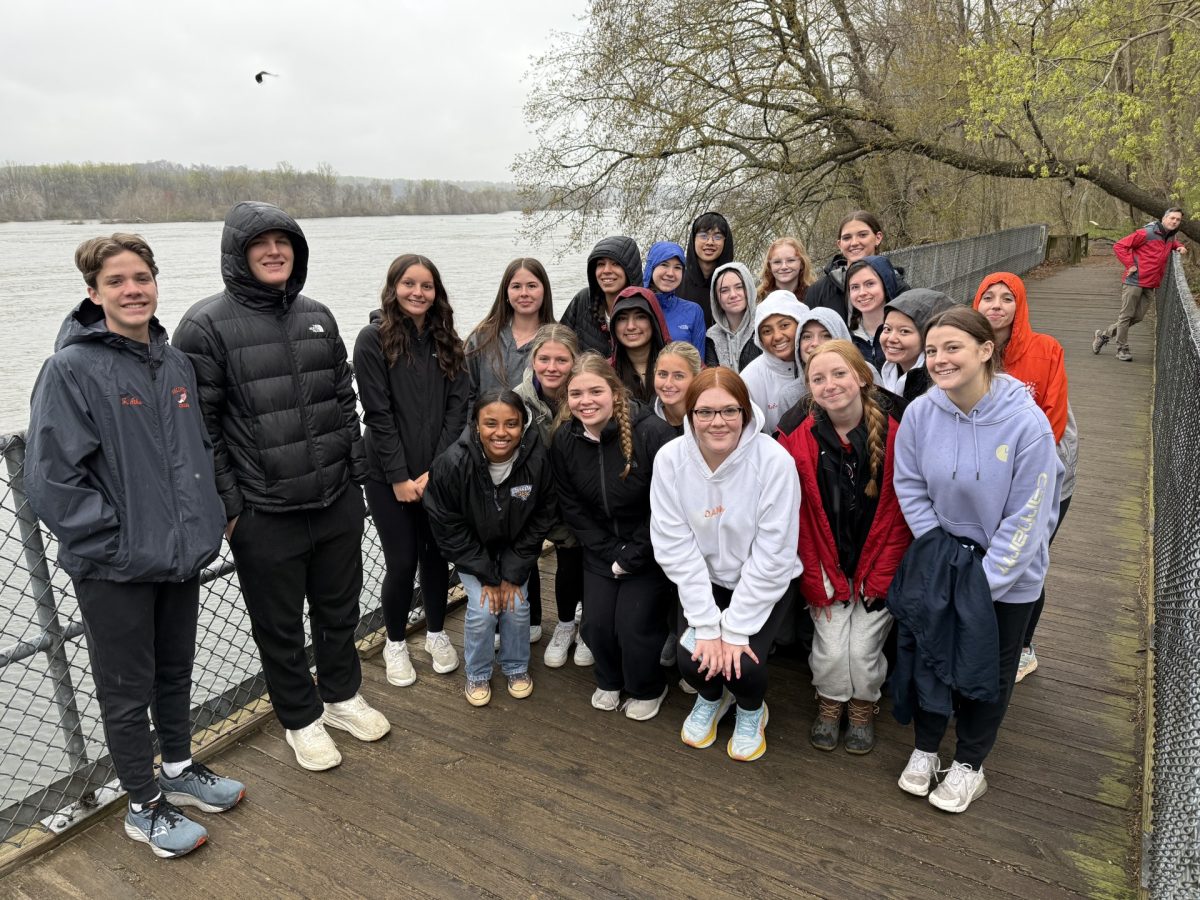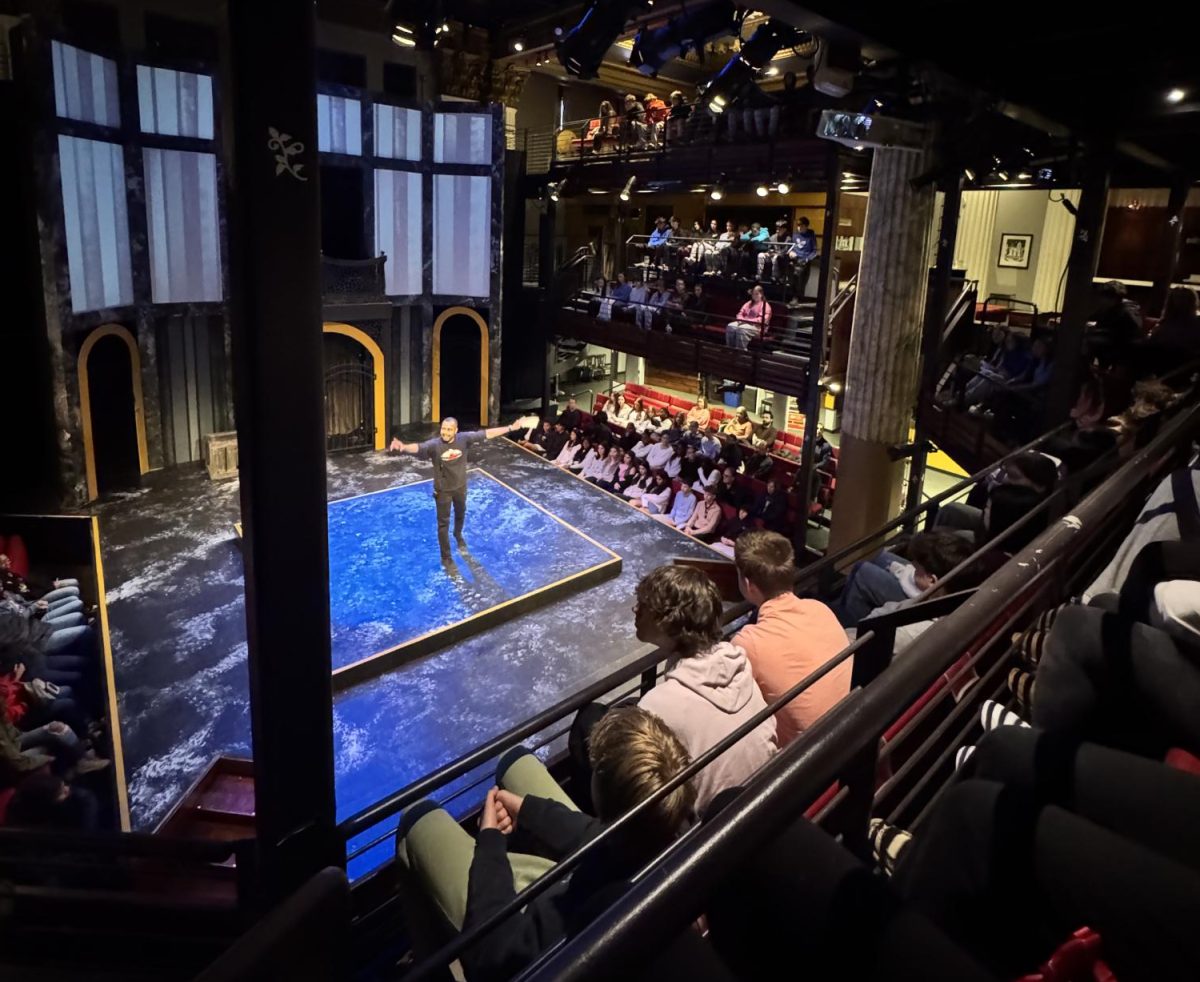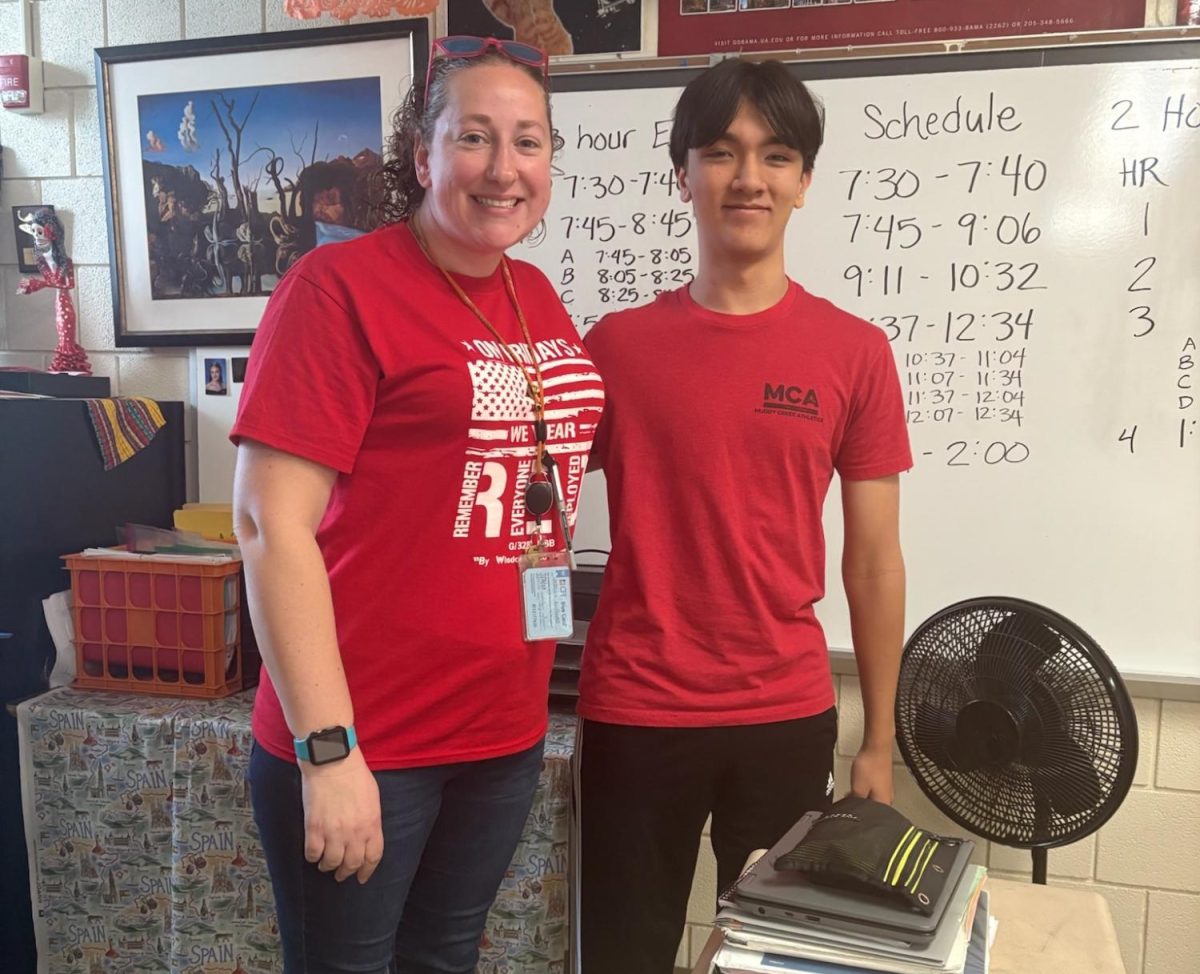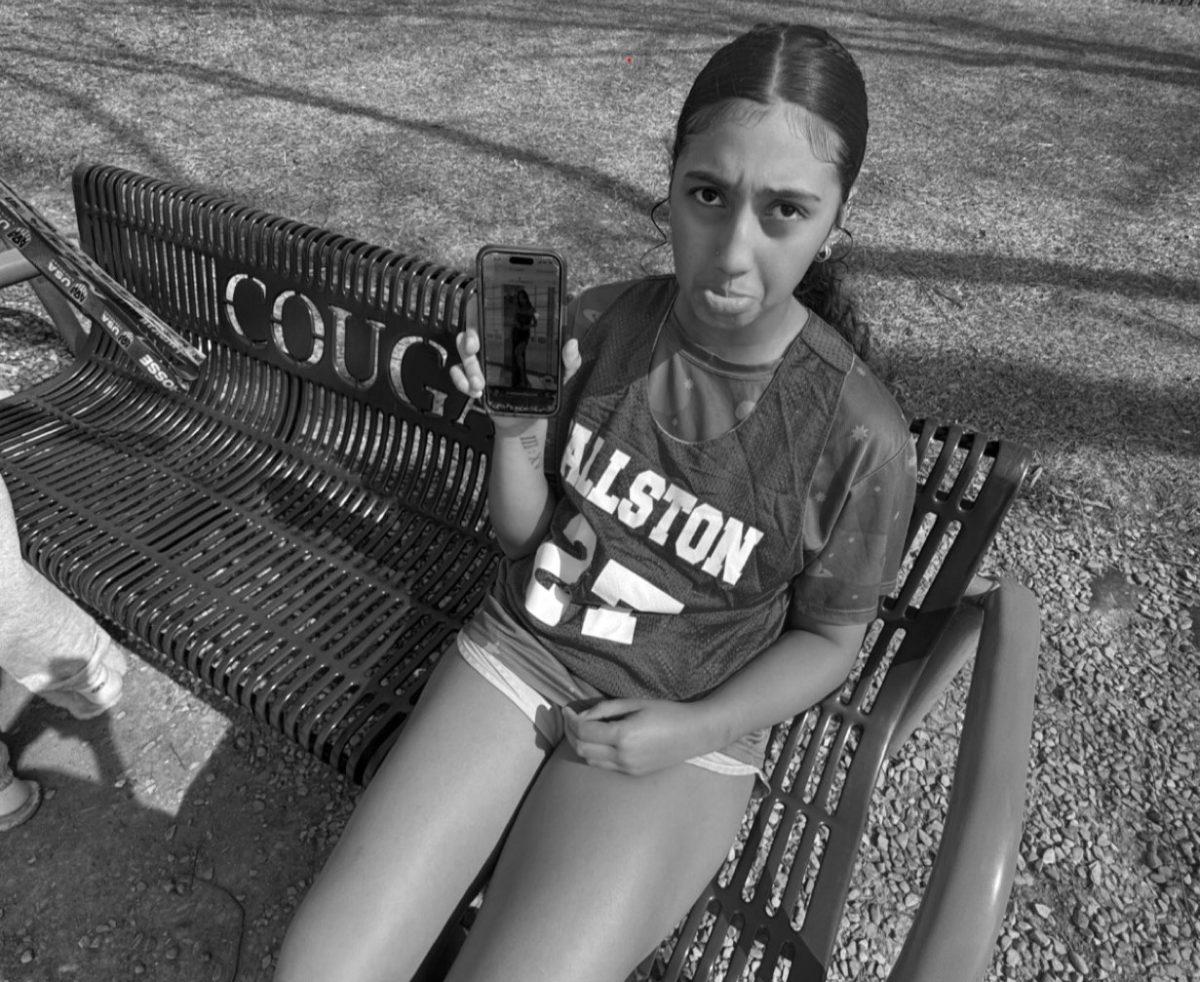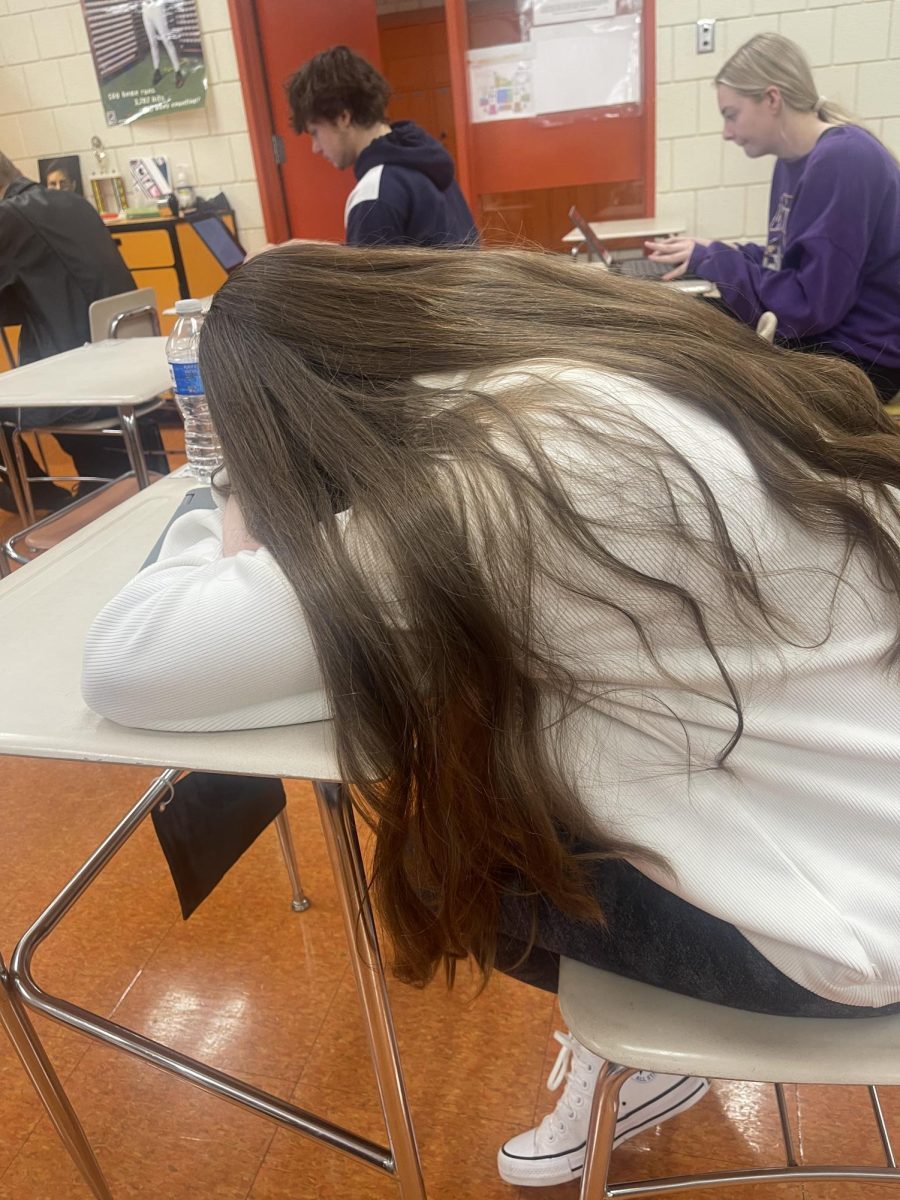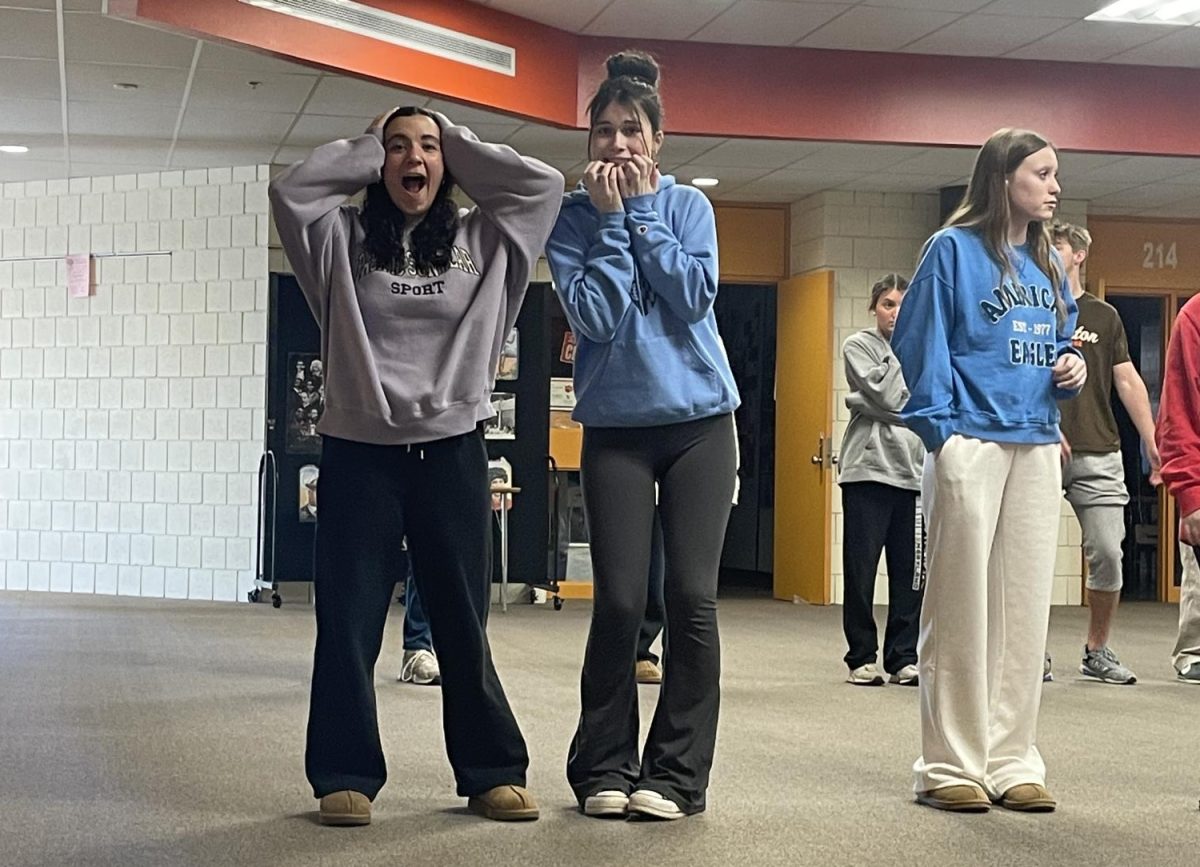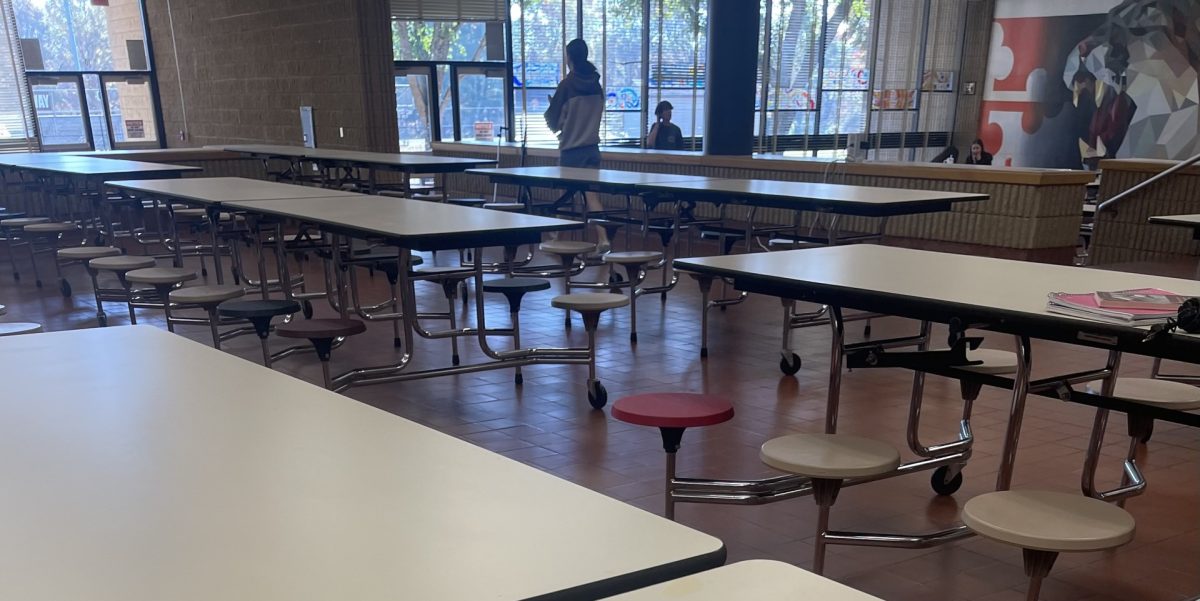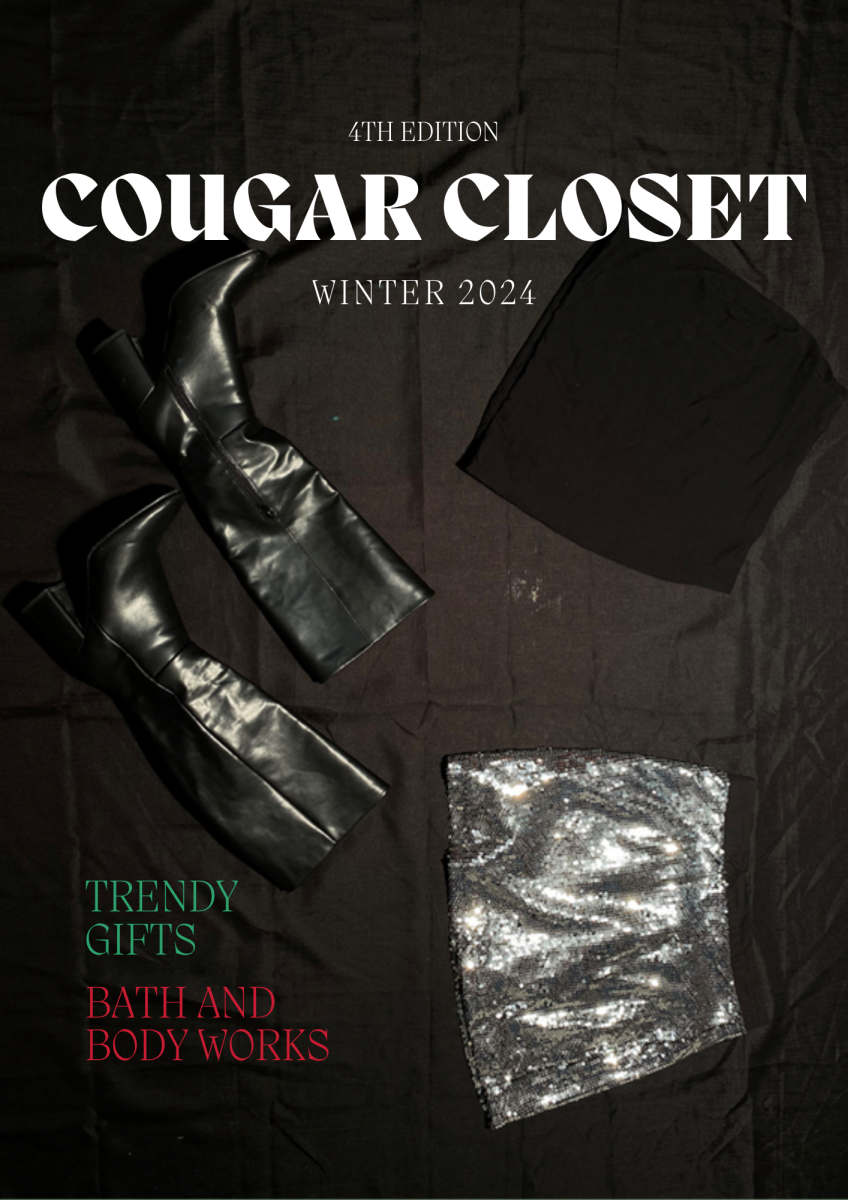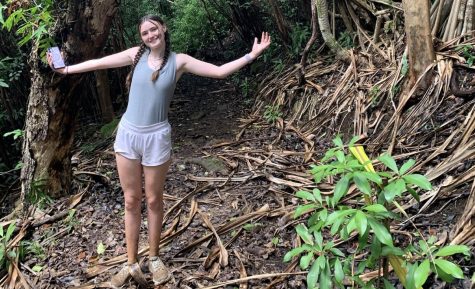The Untold Stories of Polish Changemakers
November 14, 2022
The United States is home to roughly 8,237,026 people of Polish Heritage. October is National Polish American Heritage Month, the annual occasion to identify key Polish figures and celebrate Polish heritage arrives.
Many Polish figures are overlooked by their counterparts and never get to have their story told. Many people don’t even know that Polish American Heritage Month exists. This is why recognizing the month and all that comes with it is all the more important.
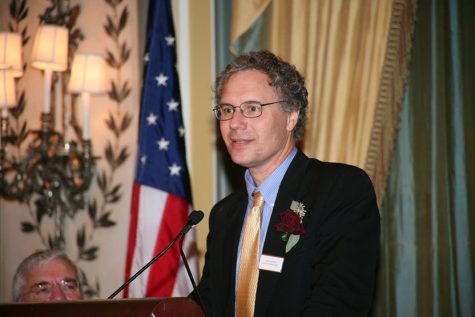
Victor R. Ambros was a Polish American developmental biologist who discovered the first known microRNA. He and his seven siblings were born to two Polish War Refugees on a small dairy farm in Vermont. He eventually went on to earn his PhD from the Michigan Institute of Technology and his studies in microRNA led to the discovery that cells use microRNA to help control gene expression. Ambros played a pivotal role in understanding gene development and expression.
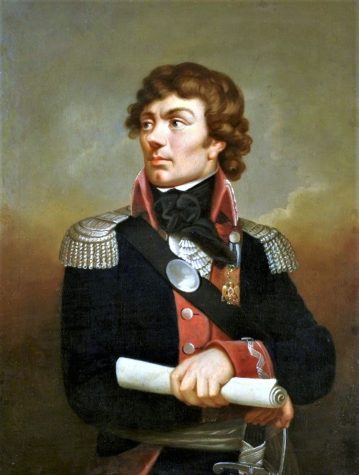
Tadeusz Kościuszko was a gifted military strategist who led campaigns for freedom in the United States and in Poland. He heard about America’s fight for independence against Britain and decided to travel to Philadelphia in 1776 to aid the Continental Army. He arrived in Philadelphia in 1776 and was appointed colonel of engineers by the Continental Congress. He is credited with leading the Americans to victory at Saratoga, New York. He also set up a fortification at West Point, which was regarded by George Washington as one of the most important military bases at the time. In that same area, the United States Military Academy was founded which Kościuszko was instrumental in setting up. Washington awarded him the Cincinnati Order Medal and titled him the brigadier general.
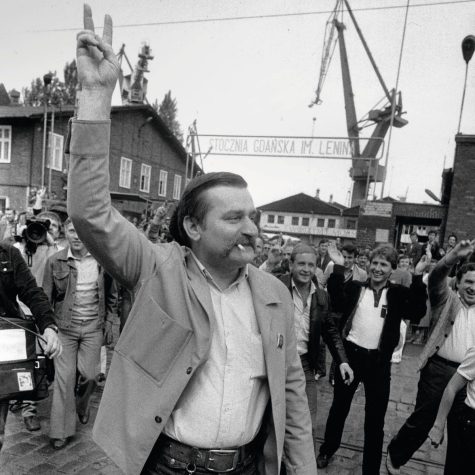
Lech Wałęsa was an electrician in a shipyard and was made Nobel Peace Prize Laureate. Wałęsa became the face of the Solidarity movement and led a successful democratic campaign in 1989 that ended the Communist rule in Poland and led to the end of the Cold War. He was the first democratically elected President of Poland and served from 1990 and 1995.
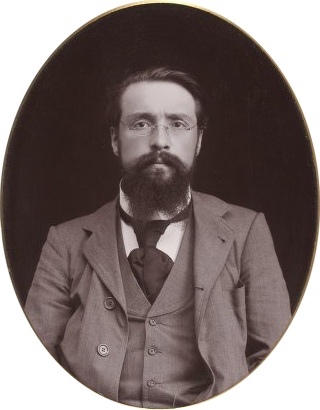
Henryk Arctowski was a Polish scientist and explorer. Living in exile for a large part of his life, he was one of the first people to winter in Antarctica and became an internationally renowned meteorologist. He was instrumental in restoring Polish independence after the First World War. Arctowski’s work in Antarctica led to large advancement in explorations of the North and South poles, and he continued his work as a meteorologist at the Smithsonian until his death.
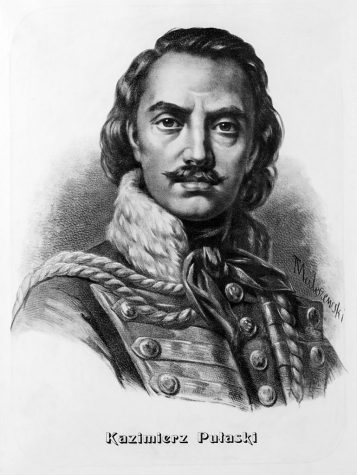
Kazimierz Pułaski gave his life fighting for Americans. In 1777, he was forced to leave Poland and eventually found himself in Paris where he met Benjamin Franklin who encouraged him to join his fight for independence. On his way to America he wrote to George Washington, saying, “I came here, where freedom is being defended, to serve it, and to live or die for it.” Pulaski helped to organize the dysfunctional Continental Calvary into an efficient force. He was named a Brigadier General and died from injuries sustained fighting in the Battle of Savannah in Georgia.
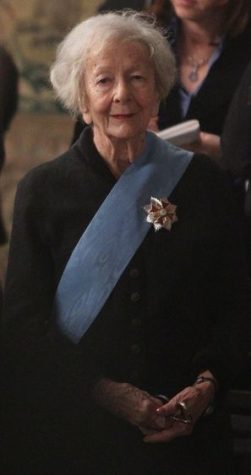
Wisława Szymborska won the 1996 Nobel Prize for Literature. When she won, the Academy called her work “poetry that with ironic precision allows the historical and biological context to come to light in fragments of human reality.” Szymborska’s poetry uses deceptive simplicity, wit, and irony to examine domestic details against the backdrop of history.
